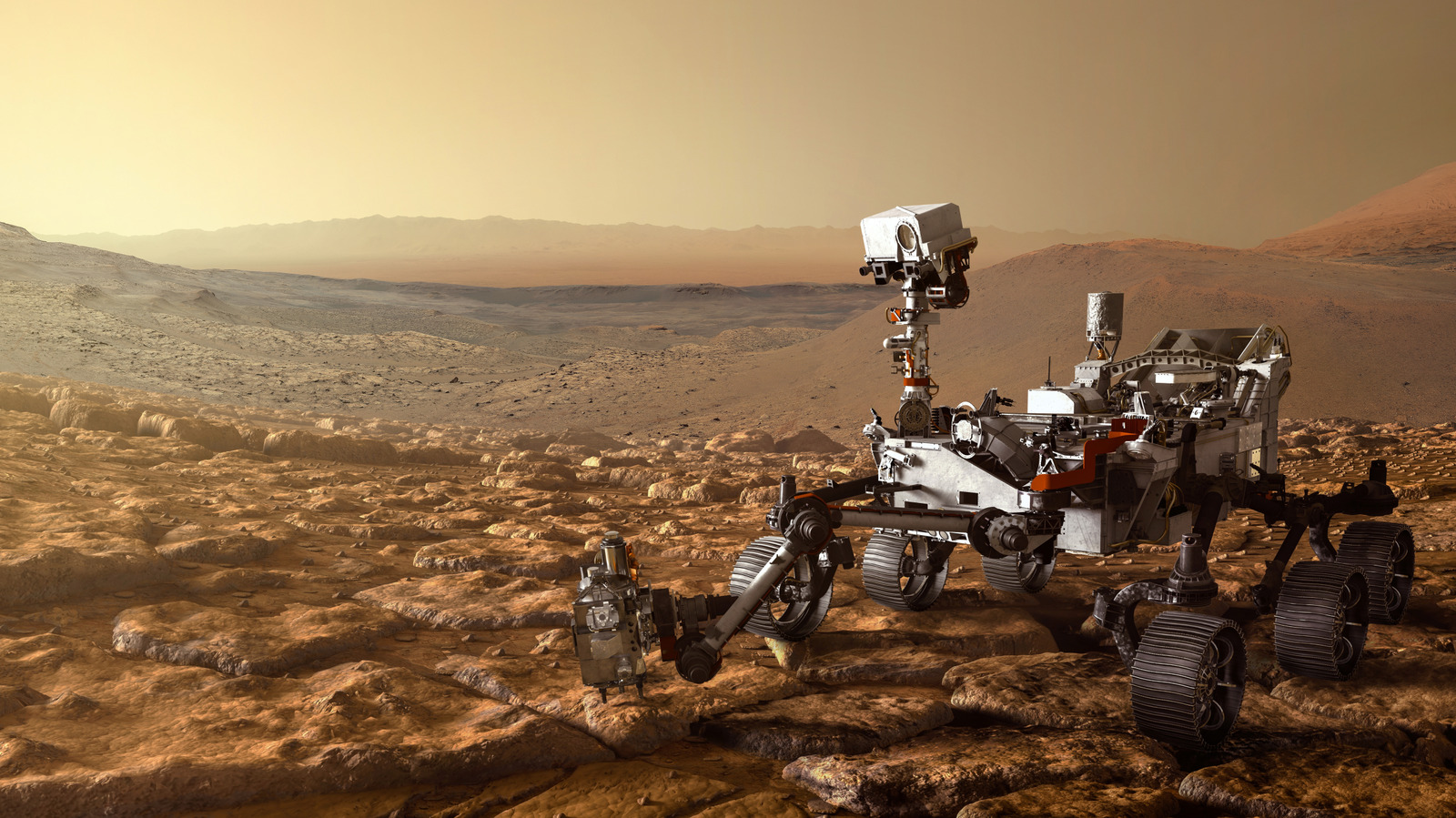Bringing samples from Mars back to Earth is one of NASA’s most ambitious goals. The plan goes back to the 1970s, with NASA’s robotic exploration program, when the first spacecraft landed on the surface of the Red Planet. This planetary exploration program gained momentum with the launch of the Mars rover missions, including Spirit, Opportunity, and Curiosity. In 2021, the rover named Perseverance made history by collecting and caching environmental samples from the Jezero Crater, a site where scientists believe they might find evidence of past life. These samples are sealed in titanium tubes and are stored on the surface of Mars, waiting for the opportunity to reach Earth.
NASA’s original Mars Sample Return (MSR) plan involves a complex, multi-mission campaign. It includes launching a Sample Retrieval Lander that would be equipped with a small rocket and a robotic arm that can gather the sample tubes. Then, the samples would be launched into the orbit of Mars, where an ESA orbiter would intercept them and return to Earth. All this would be achieved by 2033. However, this intricate plan comes with some great challenges. One particular challenge made NASA reassess the feasibility of this project – the budget. According to estimates, it’d cost nearly $11 billion, but it would also involve lots of technical problems and delays. In 2024, the space agency acknowledged that the current MSR project is no longer viable. Now, NASA is exploring cheaper and faster alternatives, including collaboration with some commercial partners like SpaceX and Lockheed.
Launching from the surface of Mars
One of the main problems scientists encountered during their Mars Sample Return mission planning was how they would lift the samples off the surface of Mars. At the heart of the original MSR plan was the Mars Ascent Vehicle (MAV), a small rocket designed to launch the sealed sample tubes into the orbit of the Red Planet. While launching a rocket from Earth is no easy task, it has become routine. Launching it from the surface of another planet would mean doing it from a long distance, with no margin for error. The MAV would need to safely land on Mars, endure months of the planet’s harsh environment while remaining dormant, and then perform a flawless vertical launch into Mars’ orbit successfully. Designing a rocket that would be light enough to deliver to Mars, and powerful enough to reach the orbit of Mars from the planet’s surface, is a delicate engineering job. There’s also the concern of stability, propulsion reliability, and designing guidance systems for the unpredictable Martian environment.
Another concern for NASA scientists is the Martian atmosphere. While it’s lighter than Earth’s atmosphere, it comes with some specific challenges. It’s still thick enough that any spacecraft would simply burn upon entry into the Martian atmosphere if not protected by a special thermal shielding. On the other hand, it’s also thin enough that no spacecraft can rely on a parachute alone to be slowed down enough to land safely.
Two ways forward
NASA is now reevaluating its approach, and two alternative strategies are already outlined and still under review as of 2025.
The first is NASA’s original MSR plan, but significantly simplified. It would rely on the already proven Sky Crane landing system. This is the same technology used to safely deliver the Curiosity and Perseverance rovers to the surface of Mars. A scaled-down lander would be equipped with the new version of MAV. To make the vehicle lighter, the scientists opted for a Radioisotope Power System instead of solar panels. This new system is capable of providing reliable power and heat to the MAV. Instead of launching a new rover, this plan involves relying on Perseverance to deliver the samples directly to the MAV. This reduces the mission complexity while still retaining the key elements of NASA’s original plan.
The second strategy involves looking towards companies such as SpaceX, Blue Origin, and Lockheed. NASA has accepted 11 studies from the scientific community and space industry, each proposing the best way to return Mars samples to Earth. Some of these studies include modular systems, novel propulsion techniques, or entirely new vehicle designs. What’s common to these proposals is that their costs are estimated between $5.5 and $7.5 billion. By the end of 2026, NASA should be able to concentrate on one Mars Sample Return plan, and they’re confident they will reach Earth by 2040.








